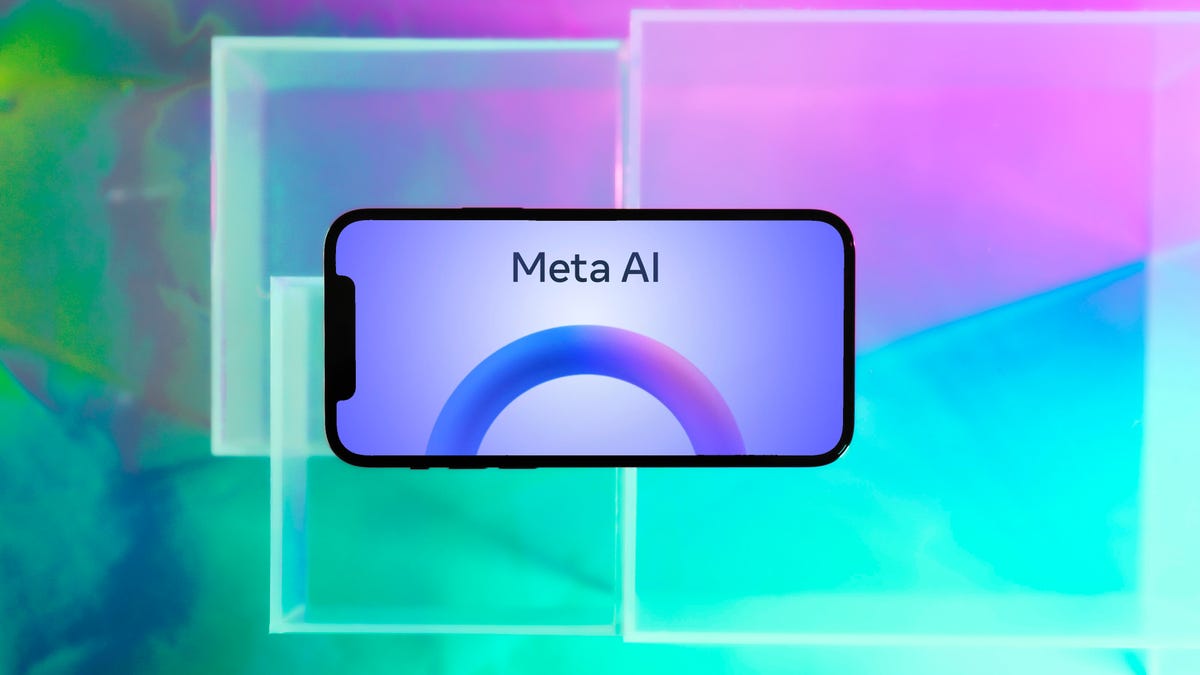Meta AI Tool Now Driven by New, More Powerful Llama 3 Model, Meta Says
Meta says the Llama 3 large language model has more parameters than its predecessor -- the factor that means better responses to AI prompts from users.

Meta says its Meta AI tool is getting an upgrade.
Meta AI, an open-source generative AI tool by Meta, is now powered by the more robust Llama 3 large language model, the company said in a press release Thursday.
There are two varieties of Llama 3 available: Llama 3 8B, which has 8 billion parameters, and Llama 3 70B, which has 70 billion. Generally, the more parameters an AI model has, the better the outputs. Meta's goal is to create the best open model available, one that can compete with the finest proprietary AI models on the market. Meta said that because these models are open source, the company can engage with the community as its AI models develop. Right now Llama 3 is just a text-based model, but Meta wants it to be multilingual and multimodal in the future, with the ability to reason and code.
Meta said that in benchmark tests, Llama 3 8B outperformed Mistral 7B and Gemma 7B, two other open-source AIs, from Mistral and Google, respectively. Meta said Llama 3 70B outperformed the new Google Gemini Pro 1.5 and Anthropic's Claude 3 Sonnet. It should be noted that Sonnet isn't Anthropic's most powerful model and also that CNET hasn't independently verified Meta's assertions. Meta said that in its own human evaluation tests, Llama 3 70B won against Claude Sonnet, Mistral Medium and OpenAI's GPT 3.5.
Meta's strong pivot to artificial intelligence comes after OpenAI caught the rest of Big Tech flat-footed with its release of ChatGPT 3.5 in late 2022. The ChatGPT chatbot marked one of the first instances when average consumers could interact with an AI model that could seemingly answer any question with a unique answer. At Meta Connect last September, Meta CEO Mark Zuckerberg announced a slew of AI products, including an AI chatbot, an AI image generator, AI-powered Ray-Ban Meta smart glasses and AI characters based on celebrities like Snoop Dogg.
Though Meta had been, and still is, investing heavily in virtual reality and the metaverse, it's since doubled-down on its key moneymaker: social media. That, along with its AI investments, propelled Meta's stock to an all-time high of $531 per share earlier this month. It also made Zuckerberg the third richest person in the world, surpassing Tesla CEO Elon Musk.
As for safety in Llama 3, Meta said it's adopted a new "system-level approach to the responsible development and deployment of Llama." This system uses both humans and automations to try to push the model to serve up "problematic responses," and to continually tune the model to disallow those outputs.
Llama 3 will be deploying soon, Meta said, and will use fewer resources than Llama 2, despite having more parameters. You can find Meta AI on the web, and as part of the Meta-owned platforms Facebook, Instagram, WhatsApp and Messenger.
Editors' note: CNET used an AI engine to help create several dozen stories, which are labeled accordingly. The note you're reading is attached to articles that deal substantively with the topic of AI but are created entirely by our expert editors and writers. For more, see our AI policy.

